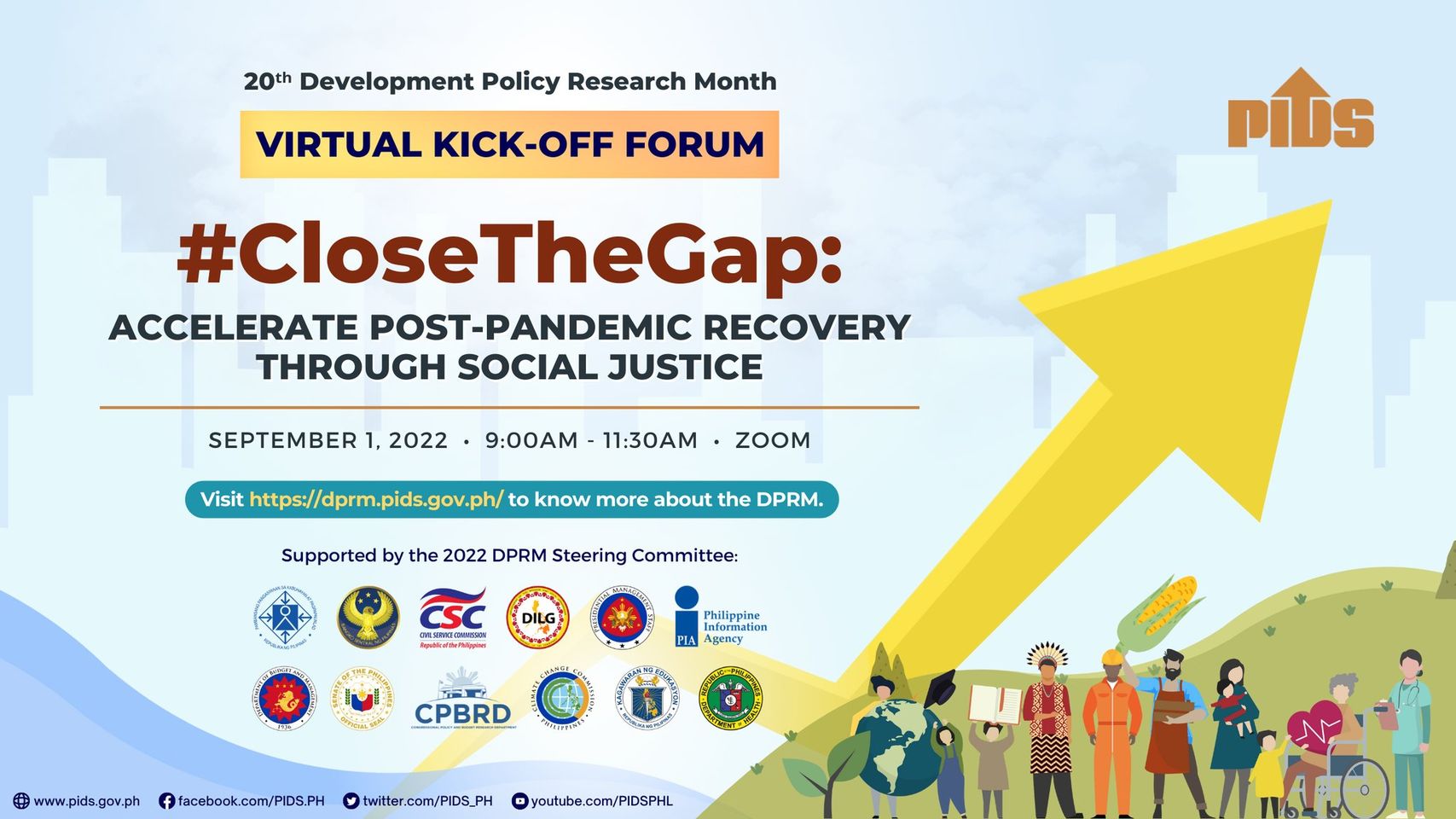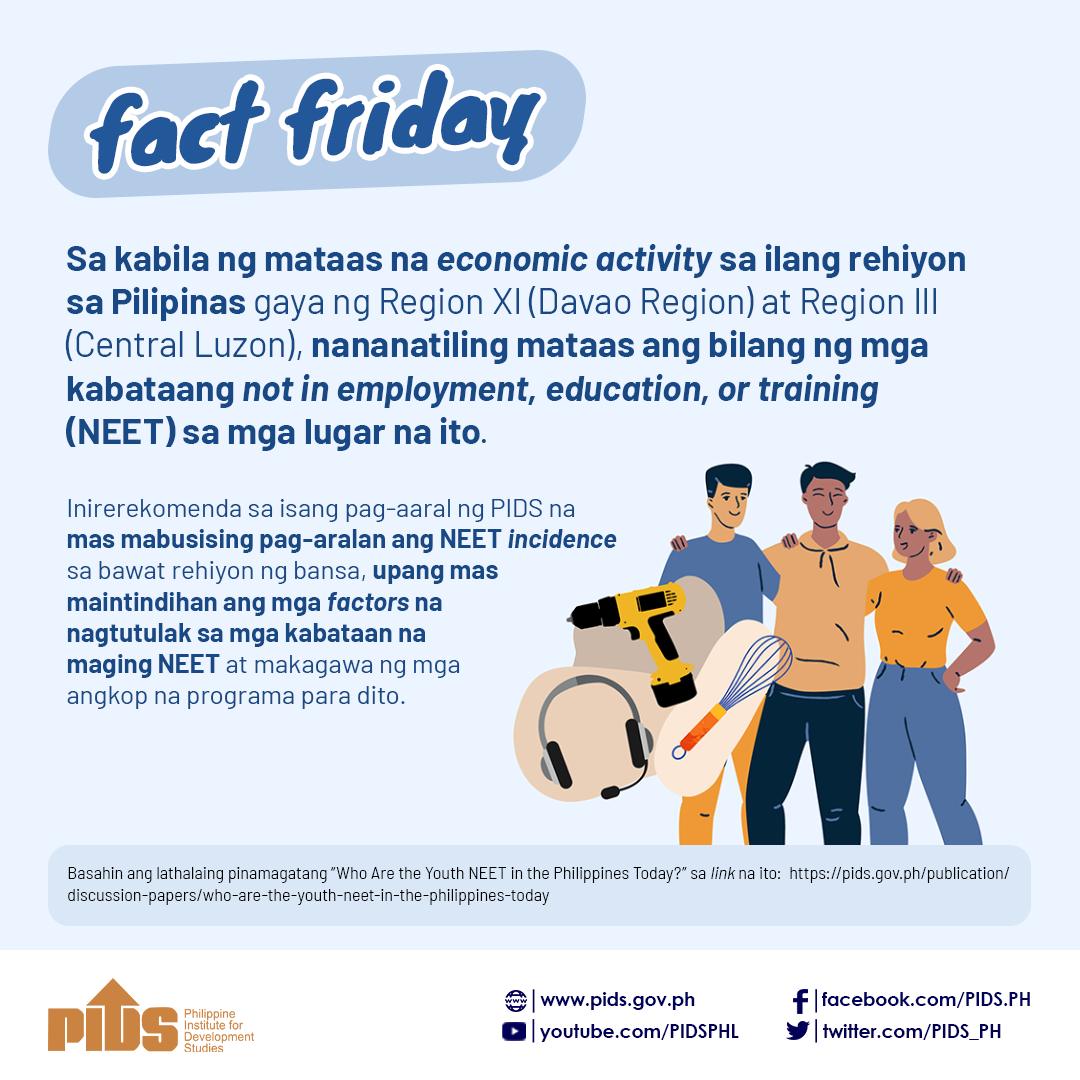Amid the Department of Agriculture’s (DA) interest in resurrecting the “Masagana 99” program, Albay 1st district Rep. Edcel Lagman gave a lecture on the House plenary about the history of President Ferdinand Marcos Sr.-era rice harvest improvement initiative.
During the House plenary budget debate on the DA, Lagman made a manifestation to speak up on the topic of the Masagana 99, something that he said he was “impelled” to do.
“I promised the distinguished sponsor that I will have no interpellation because I essentially support the budget of DA and its attached agencies like NIA (National Irrigation Administration). I will keep my promise not to interpellate. But I am impelled to make a manifestation which the distinguished sponsor does not need to answer,” Lagman said on Friday, Sept. 23.
The Masagana 99 was launched under the Marcos Sr. administration in 1973 to boost the country’s rice production. It set its sights on increasing rice harvest from 40 cavans per hectare to 99 cavans.
“A thorough look at the much-hyped Masagana 99 showed that for a brief time after it was launched, the Philippines did become a rice-exporting country—barely. But data and studies show that this point of pride for the Marcoses and their supporters was not solely attributable to the Masagana 99 credit program,” Lagman said.
The Masagana 99 was discontinued in 1984. Currently, the DA–led by its concurrent secretary, President Ferdinand “Bongbong” Marcos Jr.–is looking into reviving the Masagana program under the name “Masagana 150” or “Masagana 200″.
Masagana is Filipino for abundant.
“Farmer-borrowers were defaulting not only because of production shortfalls caused by the various natural disasters affecting Philippine agriculture in the 1970s and the 1980s, but also because the government was not prudently regulating the loans and providing sufficient mechanisms and inducements for repayment. M-99 became, more or less, a massive dole-out program,” Lagman recalled.
“In a 2012 study, researchers at the state-funded Philippine Institute for Development Studies noted how Masagana 99 failed to uplift the still-struggling farm sector as apart from leaving poor farmers highly indebted, their non-repayment of loans also tarnished the balance sheets of many rural banks (800 rural banks went bankrupt),” the Albay lawmaker continued.
“The impact was widely felt since at the time, Masagana 99 increased the proportion of agricultural loans to total bank loan portfolio to 50 percent from just 7 percent before the program was initiated,” Lagman said, ending his manifestation.
It has been reported that, at the time of its implementation, only 3.7 percent of small farmers benefited from the original Masagana 99.
“Let not history repeat itself,” the Bicol solon said.
Earlier during the same plenary session, DA budget sponsor Isabela 1st district Rep. Antonio “Tonypet” Albano defended the plans of the agency to revive the program.












